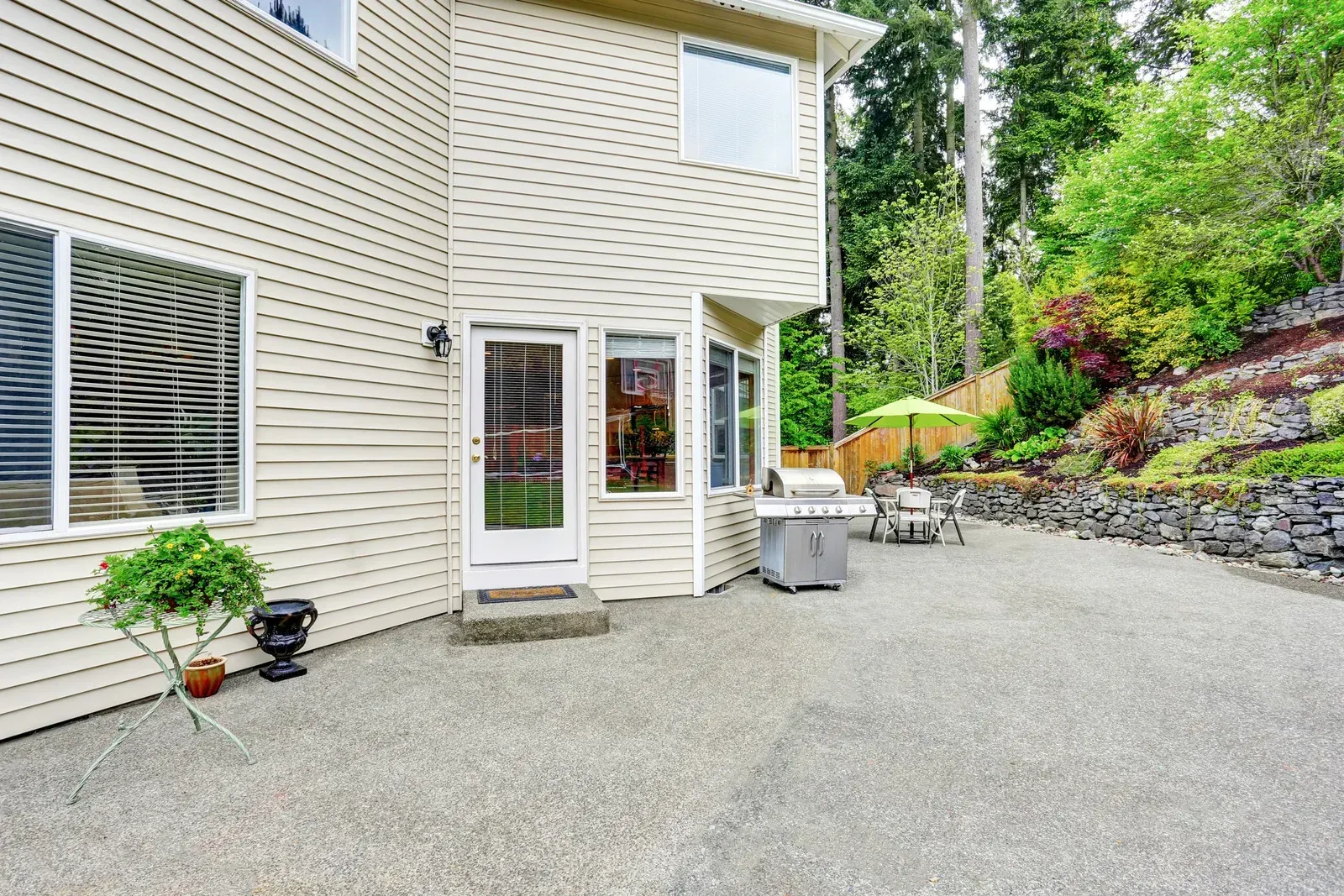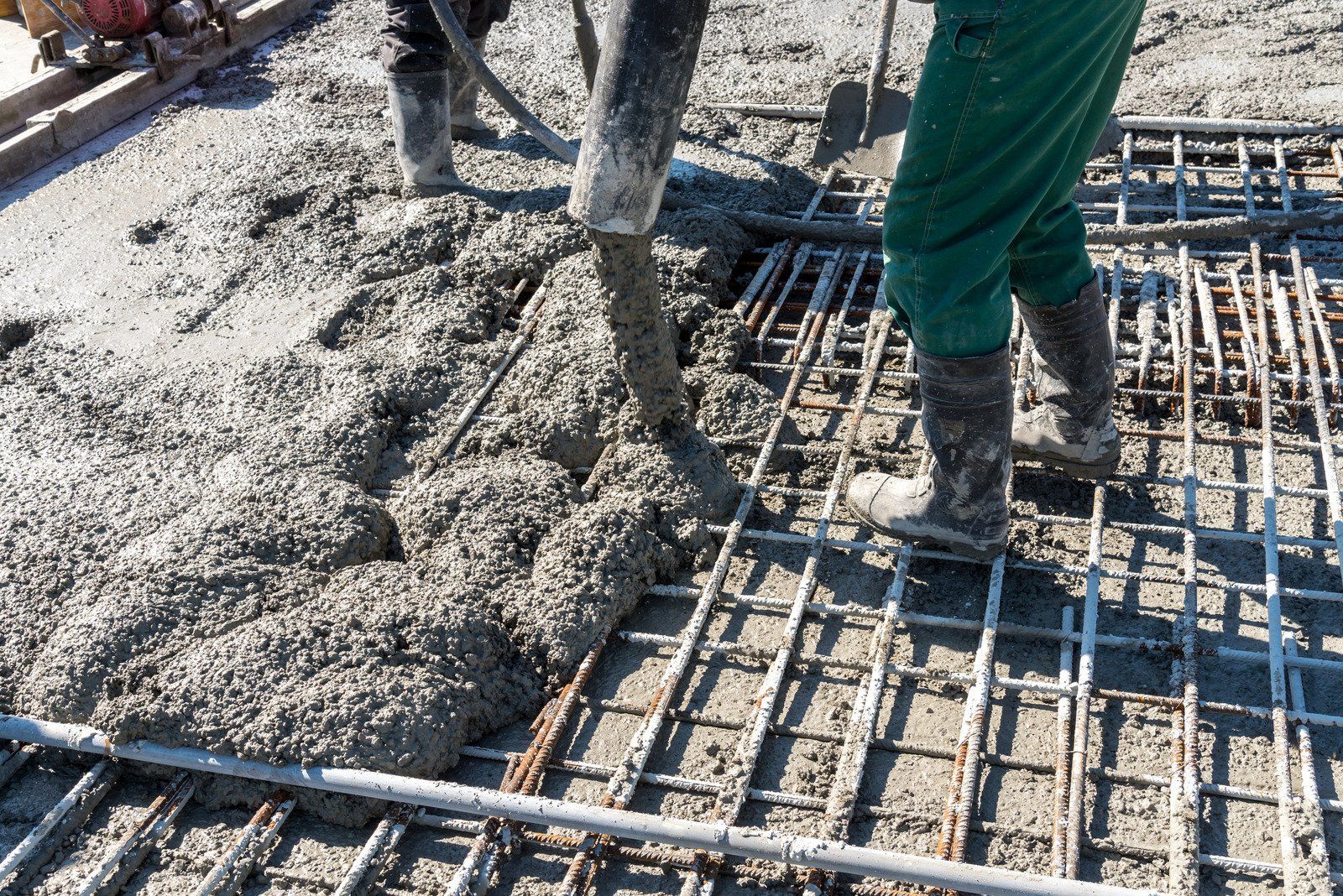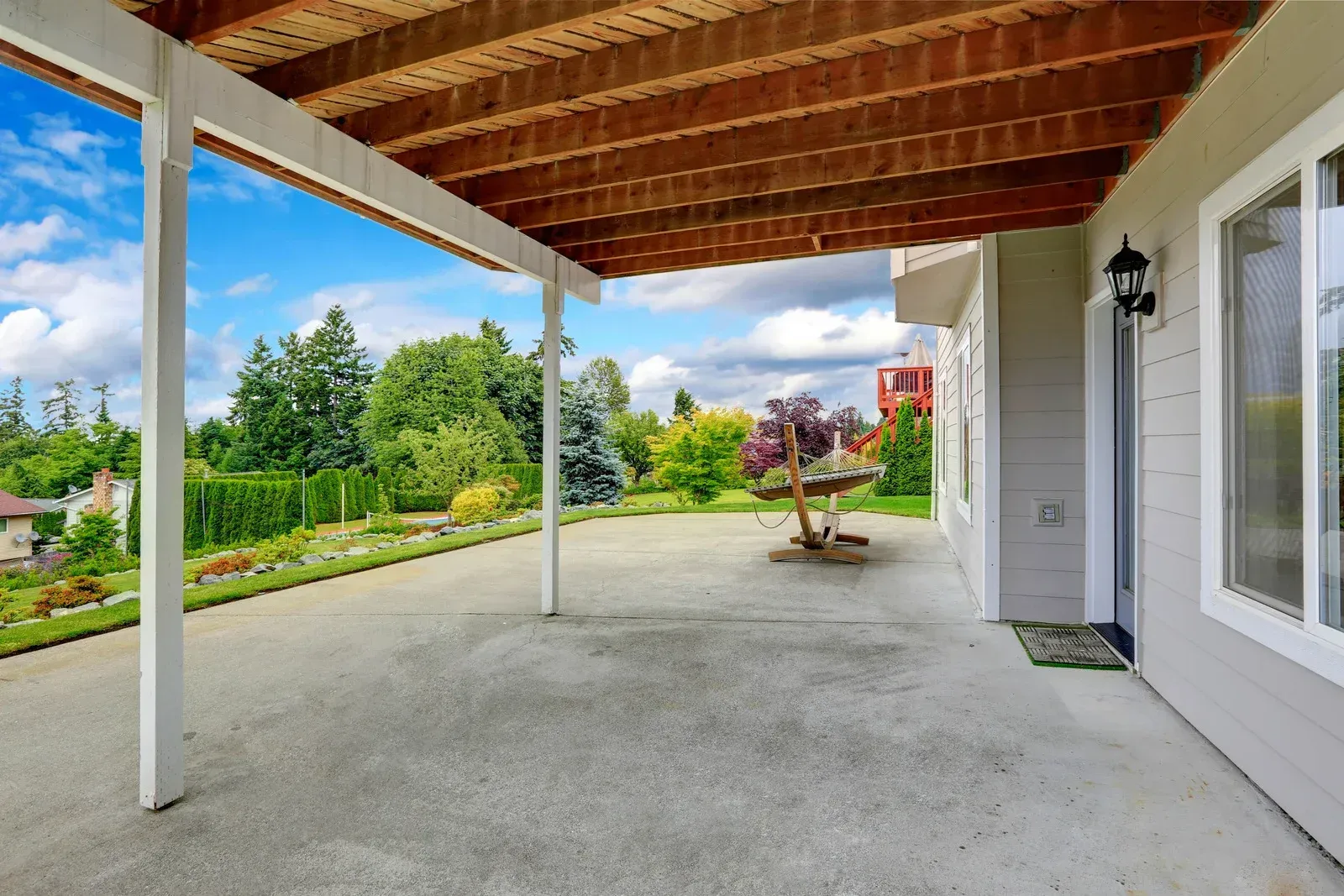CALL US: 253-651-0653
CALL US 253-651-0653
The Concrete Industry's Forgotten Secret: It's Time To Look Within
THE CONCRETE INDUSTRY'S FORGOTTEN SECRET: IT'S TIME TO LOOK WITHIN
August 9, 2024
For decades, the concrete industry has been chasing a mirage. We've poured billions into developing fancy new coatings, sealants, and curing compounds, all promising to be the solution to concrete's perennial problems: cracking, spalling, and degradation. But in our pursuit of the latest quick fix, we've forgotten a fundamental truth about concrete. The real enemy isn't the elements – it's ourselves. And the solution lies not in some expensive add-on but in understanding and addressing the inherent flaws at the very heart of concrete itself.
Concrete is a paradox. It's one of the most ubiquitous and enduring materials in human history, yet it's also surprisingly fragile. The reason lies in its nature. Concrete is a matrix of cement paste binding aggregates like sand and gravel together. But this matrix is riddled with pores and capillaries, tiny channels that allow water to penetrate and wreak havoc. This is the root of all concrete problems. Water ingress leads to freeze-thaw damage, rebar corrosion, and alkali-silica reactions – the big three culprits behind concrete degradation.
Our industry's typical response is to slap a band-aid on the problem. We apply coatings and sealers to keep water out or use curing compounds to try to strengthen the surface. But this is a losing battle. Coatings fail, sealers degrade, and curing compounds only address the symptoms, not the cause. The real issue isn't the surface—it's the matrix itself.
That's where E5 comes in. E5 Internal Cure works by addressing concrete's inherent flaws, not just trying to protect it from the outside world. It's based on nanotechnology that binds to water molecules and optimizes the curing process, allowing for a stronger, denser matrix to form. It's more than a coating or a sealer—it's an integral part of the mix.
The science is complex, but the principle is simple. Water is both concrete's lifeblood and its nemesis. It's necessary for the curing process, but if it's not controlled, it leads to weakness and instability. E5 Internal Cure works by controlling that water, allowing it to facilitate the curing reaction without creating the pores and voids that lead to problems down the line. The result is concrete that's not just stronger but more durable and resilient.
But E5 is more than just an additive – it's the fifth element of concrete. We're all familiar with the traditional components of concrete: cement, water, sand, and gravel. But with E5, we have a new ingredient that transforms the entire equation. It's not just an addition but an integral part of the mix that changes how the other elements interact. It's like the discovery of a new primary color – it opens up a whole new palette of possibilities.
But the natural beauty of E5 lies in how it addresses the complete lifecycle of concrete, from the internal heart to the external surface. It's not just a quick fix but a long-term solution that creates concrete that's more durable and sustainable. And in today's fast-tracked construction schedules, that's more important than ever. We can't afford to go back to repair cracks and spalls and tear out of newly placed concrete a few years down the line. We need concrete that performs from day one and will keep performing for decades to come.
E5 Internal Cure delivers that. By optimizing the curing process and creating a denser matrix, it produces concrete that's more resistant to the elements and less prone to degradation. It reduces the need for costly repairs and maintenance and extends the lifespan of structures. And because it's integral to the mix, it provides protection from the inside out, not just slapping a thin layer of protection on the surface.
But perhaps the biggest benefit of E5 is one that's often overlooked: it's a true carbon-reducing technology. When you increase the durability and lifecycle of concrete, you decrease its carbon footprint. You're not ripping out and replacing structures as often, which means less cement being produced, less energy being used, and less waste being sent to landfills. It's a simple equation: more durable concrete = less carbon emissions.
This isn't just theory – it's been proven in the field. Specifiers and contractors who've adopted E5 technology are reporting dramatic improvements in concrete performance, with less cracking, spalling, and degradation. It's being used in everything from high-performance buildings to infrastructure projects, and the results are transformative.
So why has the industry yet to embrace this technology wholesale? The answer is a mix of inertia, misinformation, and a stubborn focus on quick fixes rather than real solutions. Many specifiers and contractors are still wedded to the old ways of doing things and are skeptical of new technology. Others may be aware of internal curing but think it's only for specialized, high-end projects.
But the truth is, E5 is for any project where you want better concrete. It's not a replacement for good mixing and placing practices, but it's a powerful tool to take your concrete to the next level. And in an era where our infrastructure is crumbling, and sustainability is paramount, we can't afford to ignore it.
For too long, we've been chasing strength at the expense of durability. We've been so focused on hitting those high psi numbers that we need to remember what really makes great concrete. It's not just about how much weight it can bear but how well it resists the elements, how little maintenance it requires, and how long it lasts. It's about creating structures that stand the test of time, not just structures that meet some arbitrary standard.
The concrete industry has lost its way. We've been so focused on treating the symptoms of our problems that we still need to address the cause. It's time to stop chasing the latest fad and look inward to the inherent flaws in our material and how we can address them. It's time to embrace E5 and the principles of internal curing, and create concrete that's not just stronger, but better. The future of our industry depends on it."









